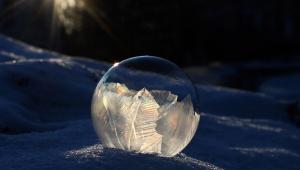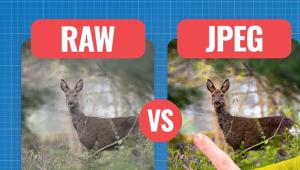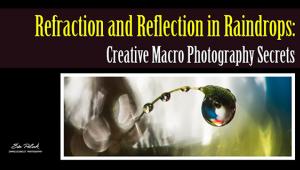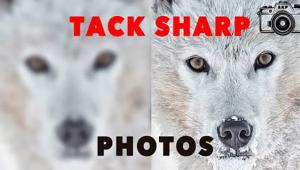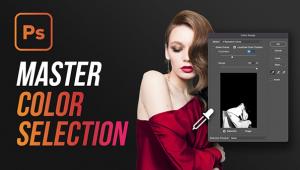Don Dixon’s Digital Doings; Convincing Composites Page 2
To shoot each element, Dixon turned to his favorite studio camera and digital back, a Hasselblad (he owns several C-series Hasselblads) and a Phase One P25 “for the crisp detail they deliver.” When lighting each “performer,” he paid particular attention to the way the “stage lights” were hitting everyone so as to simulate that effect, shooting each character separately for the final composite. “With all the people, I used a 150mm lens to compress the perspective. With the exception of the drummer, I shot everyone at hip level, to avoid distorting the figures.”
For A Different Perspective
Outside the studio, Dixon relies heavily on his Nikon D-SLRs, namely the D3, D200, and D2X. He’s got a full complement of lenses suited to each camera. They include the 12-24mm, 14-24mm, 24mm, 35mm, 50mm, 85mm, 105mm Micro, and 80-200mm f/2.8. “It really depends on the job, but I like the 85—I think it’s a great all-around lens.”
But nothing is written in stone. These cameras and lenses may also play a role in the studio. “When I’m shooting people, I like the 85 and 105 Micro,” Dixon points out. He likes the feel the 85mm imbues in his shots, while opting for the 105mm’s ability to deliver a really tight headshot. That 105mm came to the fore on an assignment to photograph a French banker working in Canada, for Barometer Capital Management. Shooting in the studio, with Profotos flanking the banker, Dixon used the 105mm and D3 to come in really tight. He used an Elinchrom Octa (a large, umbrella-shaped light bank) without diffusion for a harder yet broad light on the left, while aiming another
Profoto through a Lastolite diffuser on the right, with the fill light powered down considerably (www.bogenimaging.us). Because the subject reminded him of an actor, Dixon wanted to give him that stage presence with this dramatic lighting and shooting angle, from slightly below, with the chin lowered just a drop. The background came from his stock files of Paris.
 |
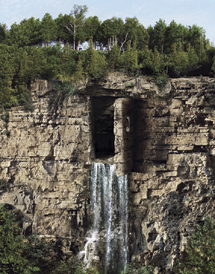 |
|
|
||
Zooming In On Details
When shooting background scenes, Dixon prefers fixed-focal-length optics. But he’s not inflexible, such as when he was out shooting for three days in the wilderness in an effort to capture the various elements needed to complete an assignment for Tetra Pak. He trekked with his Nikons and used the 14-24mm and 80-200mm zooms to capture various elements along the way. Then he returned to the studio to photograph the more “mundane” elements, such as a refrigerator for one shot, a cork for another. The studio shots involved the Hasselblad, 150mm lens, and Phase One. Lighting for the fridge, for example, came from a Profoto softbox from one side, with a reflector providing fill on the opposite side.
“It was brilliant sunlight when we shot the various outdoor elements,” Dixon recalled, “so we pulled back the warm light in post.” They did considerably more, notably in the cork shot. “To make that shot we had probably 10 different elements captured at various times during this outdoor trek, including the waterfall. We roughed them together on a laptop out in the bush.” He added: “The real challenge was getting lighting angles right and making it look believable. That’s why we created the haze in the background. That allowed us to blend the different rock faces together.”
Other Tools
In the studio and outdoors, Dixon employs various Gitzo tripods, and always with Gitzo ball heads.
We can often see him locking down a camera in a set position on a tripod so he can hold focus from front to back. One outstanding example took place at the old Canadian Pacific train station, on assignment for Harrison Pensa, a London, Ontario, law firm. Shooting from a fixed position, he adjusted focus at various points in the scene, making otherwise identical exposures and later blending them in Photoshop to gain a sharp image of the entire station.
- Log in or register to post comments
















